Being asked to write about myself has been both heaven and hell. The gift of reflection on the themes or threads of my journey so far—and the torture of sitting down to actually write about it—oh my god. I decided to write as if I were speaking….
Southern roots
We are all just born somewhere to someone—no say, no role in how those dice roll. Me, I was really, really lucky; I happened to be born into an extended family with a long history of both the women and the men going to college.
My grandmother Bonner, my dad’s mom, had seven sisters and one brother. All the sisters, who were born between 1890 and 1900, went to college. My grandmother, whose nickname was Weenie, went to Winthrop College, which was the Women’s College of South Carolina from around 1919–1922. There were competitive sports for college women in the ’20s and ’30s, and she played on both the tennis and field hockey teams. Several other sisters went to Winthrop, one to Alabama, and another to a Music Conservatory School in Washington, D.C.
When my Uncle Walter graduated with a medical degree from the University of South Carolina, his mother, my grandmother Weenie also graduated with a Masters Degree from USC.
I digress, but you get my drift here about a long tradition of education for women. There is also a long tradition of service in public education as teachers, principals, coaches, and county superintendents. My mom, Betty, went to Winthrop and met my dad, Henry, at her first teaching job in Greeleyville, South Carolina. Dad taught math, coached the football team and the girls’ basketball team (South Carolina had a high school championship for girls since the 1940s. I was rather shocked when I came to Madison in ’76 to learn that the first high school girls’ championship tournament had just been played that year).
Southern hospitality and the wild and free spirit
My mom’s side of the family is where I learned all about cooking, good food, long and festive Sunday dinners (which was after church, so around 12:30 p.m., but it’s called dinner in the Lowcountry of South Carolina).
My Mama Smith (Pauline, and the person I’m kind of named after) really knew how to run a house: cooking, decorating, great shopper, great dresser and entertainer.
My Papa Smith (Josh) owned Smith’s Grocery and General Store in the small town of St. Stephen. He knew everybody and everything going on in that town. And he helped people out when times were tough. He was a big man, drove a big blue Pontiac with those “wings” on the back. He loved me to death. We had lots of fun together going cane pole fishing for bream (like blue gill). His little wooden fishing boat was chained up “back of Russellville” on Lake Moultrie. You had to walk up and down a dam to get to the landing. He always made me carry the little 5 hp motor up the bank—I didn’t mind at all! I loved that he thought I could, and I loved proving to him that I was tough and strong.
The tomboy in me started coming out early in my life. I was the only girl on Pinewood Drive in Moncks Corner that would tackle big Jimmy Goodyear in our neighborhood football games. Actually, I think I was the only girl on the street who played.
A father who wanted to know what I thought
My father Henry succeeded my grandfather Bonner as Berkeley County Superintendent of Education. Their combined years as Superintendent of the county’s public schools equaled 55 years of leadership, 1933–1988. I not only got to watch my dad as he worked and lead the integration of the public schools in Berkeley County, but he really talked with me about it. He wanted to know what I thought about things. That was probably the most empowering thing my father could have done: to ask my opinion and really value it.
I also went around with him to schools at times and could see how he treated people. He was so kind and respectful of everyone, from the custodial and maintenance and lunchroom workers to the teachers, students, and parents. He was never too busy for anyone. He was a successful leader during some challenging and changing times.
My dad welcomed the opportunity to desegregate the school system. He started the process as soon as he could. He didn’t wait until it was “forced.” At times he was on the hot seat from the local NAACP and at other times the KKK was trolling around our house (that was scary). It probably means that he had set just about the right pace to make it work educationally well for students and teachers.
I learned a lot from my dad—and from my mom, Betty. Mom was the iron fist in a velvet glove Southern woman. She always worked outside the home. She was ambitious in a Southern way and she could charm the socks off of anybody. She was pretty, smart, determined. Later in my life, I realized that if she’d been born later, she could have been the CEO of a company. She had picked up a business savvy from Papa Smith. She knew how to get things done and said “yes” to just about everything the school, church, her professional organizations, or the community asked of her. Need something done: talk to Betty. She was a force of nature.
We didn’t always get along very well.
I just wasn’t that interested in clothes or “girl” things as they were defined back then. I had NO interest in dolls, playing house, or looking “pretty” at the price of comfort. We could really tangle. The immovable object vs. the “whatever.”
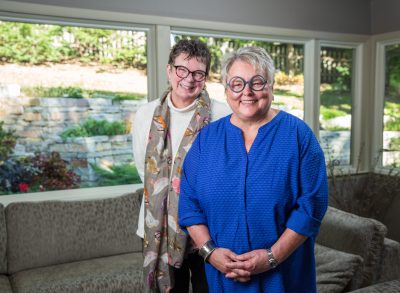
Moving on out and up
Despite how “good” I really had it at home and in my family, I was ready to get out of Moncks Corner after high school. I didn’t want to go where any of my friends were going to college. I ended up at the University of North Carolina at Greensboro in the fall of 1971. UNCG had just become co-educational in ’68 after being the Women’s College of N.C., so it was still predominantly female. That suited me just fine. I hadn’t come out to myself yet, but I knew I’d feel more comfortable not having to deal with this “dating guys thing.” UNCG also had a strong national ranking for its School of Health, Recreation, and Physical Education and I wanted to major in P.E. so I could teach and, more importantly, coach girls’ sports.
Long story short, I came out my sophomore year of college. It was thrilling! Though, not really a topic of conversation in those days.
I remember the evening that I decided that I wanted to “say it out loud” to my parents—that I was gay. Mom and Dad had come up to visit during the summer of ’78. We were sitting around the dining room table, and I just started talking, gently. Neither of them were really surprised. They had already met several of my girlfriends because I always liked taking my friends “down South” to meet my family and go to the beach. My dad surprised me, though, when he let me know that he’d noticed how I acted around one of my high school friends with red hair—to this day I can’t think who that was, but he noticed something.
My coming out to my parents came prior to my brother coming out to them. And, little did I know until some years later, I made it even harder for him to do so because, once he did, it would mean that both of their children were gay. No grandchildren, no weddings to plan (at least back then). Additionally, he was the “son,” and I do think it was then, and still now, a harder thing for men to come out than it is for women. Hank had some hard personal times after college. It actually helped to go ahead and let Mom and Dad know. It was harder for my dad to take in, but really both of our parents remained steadfast and loyal and loving to us. We were really lucky. And, my mom being who she was, she didn’t hold back telling her friends and her brothers or sisters-in-law. She was right out there! In fact, a Mormon couple, who were very good friends with Mom and Dad, had a son who came out to his parents about five years after Hank came out. Mom proved to be a great comfort and resource to both the parents and to the young man. All of this happened in a small Southern town, mind you.
Almost as thrilling as discovering my sexuality was what was going on with the development and passage of Title IX. Many of our professors at UNCG were involved in testifying in Congress about the importance and value of sports for girls and women. The women’s movement was in high gear and the Title IX legislation was set to break down another inequity in educational opportunities.
So passionate was I about the fight for equality for women’s sports that after one year teaching and coaching in a very small town in South Carolina, my partner and I decided it was time to move on and get our Masters degrees. We both ended up with graduate assistantships at Wisconsin, so in August 1976 we drove our little Toyota Corollas up through the big city of Chicago and into Madison.
Madison and that sense of “coming home”
To this day, I can still remember that first year here in Madison. At some point early on, I realized that I had a deep sense of “having come home.” This town and this university and the people I was getting to know and the atmosphere, culture, attitudes, politics, and openness all felt so right, so good. I felt as if I could spread my wings and be all that I wanted or could be. I could breathe and I could be a little more relaxed. There were more women in the professions than I had seen before. More women in politics, in business, in government, in various kinds of leadership roles—and, compared to what I had experienced “down south,” the working relationships and friendships between women and men seemed more genuine, more real.
Of course at that point I was only 24, and I could see that I just hadn’t experienced very much in terms of being part of a gay community. It felt very empowering to be up here and to be able to get to know so many other women and gay men. To have fun places to go such as Lysistrata, Going My Way, and Hotel Washington and women’s music concerts, and Take Back the Night marches, it was fantastic!
Part of the Movement…Women can shoot, spike, kick, hit, and run
It is hard to believe now, in 2016, but back in 1976, when I started helping out at the U.W. women’s athletics events, one of my jobs sometimes was getting these big vats of McDonald’s orange drink to serve as a beverage for the players and the (few) spectators at things such as volleyball tournaments played in the Natatorium. That stuff would leak out, people would spill it on the floors and there I was cleaning it up.
However, working with Kit Saunders Nordeen, Tam Flarup and many others, both in the department, on campus, and out in the Madison community, progress was made. Chancellors, faculty members, and members of the U.W. Athletic Board were real allies and advocates for the growth in financial support and scholarships. As coaches and men’s athletics administrators got more and more accustomed to having women athletes and coaches around in the weight room, athletic training, and being successful winning, the path continued to be cleared.
At the same time, I have to say, that without the Title IX federal legislation and enforcement from the Office of Civil Rights, I am one who doesn’t think things would have been where they are today.
I was especially proud of the work we accomplished with the many businesses, youth organizations such as the Girl Scouts, and our booster club at that time, the Women’s Intercollegiate Sports (WIS) Club. Through the encouragement and commitment of WIS Club members, we built some exciting promotions and marketing of our U.W. women’s sports teams—from a “brand-wrapped” van used by teams such as women’s tennis and golf to go to tournaments, to the start of the first weekly women’s athletics radio show in the country, “The Badger Women’s Sports Show,” co-hosted by my wonderful friend Barbara Wegner and myself, with thanks to WKOW radio and Terry and Sandy Shockley. It was all a blast.
Being part of building up the program is such a part of my identity and I get great joy in knowing that when I left Women’s Athletics in 1989, the program was ranked 17th in the country. Today, I am just thrilled with the success of so many of the women’s teams at Wisconsin and the growing spectator following and departmental support. When I was named to the U.W. Athletics Hall of Fame in the fall of 2015, it was a great thrill and great honor to be part of such an illustrious group of athletes and administrators.
From Camp Randall to the shores of lake Mendota and the halls of Bascom
By 1989, as women’s athletics matured both at U.W. and around the country, I started finding myself wanting something more, something new. I wanted to stay in Madison and I hoped that I might be able to make an impact at the U.W. more broadly. I was also ready to live more of my life outside of athletics.
I think a life does build on itself. For example, in hindsight I can see that it was the intersection of my experiences and relationships with athletics, campus, U.W. alumni, and community leaders that presented me the opportunity to move on to a senior leadership position with the Wisconsin Alumni Association (WAA).
It was an exciting time on campus when Donna Shalala became the first woman to serve as the Chancellor for the University of Wisconsin-Madison. She brought incredible energy, wicked smarts, and a penchant and savvy for public relations and politics. She kind of turned the university from being inside-focused to being outside-focused. It was exhilarating to be able to work with her around the state with alumni and as she visited Wisconsin’s towns, cities, and farms. Just being around her and watching her lead the university and win over legislators and alumni was better than earning a PhD.
With that kind of change and momentum at the university, it gave Executive Director Gayle Langer and me a wonderful backdrop upon which to expand and build the WAA. My many connections and relationships with faculty and administrators on campus, but also the many people in Madison and around the State that I had come to know over my years as Associate Athletic Director, helped to re-establish the relationship with the Alumni Association and the University. I loved the ability to be nimbler and to operate more like a small business as a 501c3, creatively doing more to serve a broader base of U.W. graduates and to support the mission and strategic goals of the U.W.
Unsurprisingly, it wasn’t too long after I started working for the association as associate executive director that I could tell that I really liked this work and I knew that I would like to have the opportunity to lead the organization whenever that opportunity might arise. I was working really hard, really long hours, but once again I also put myself in a “glass closet.” Everybody knew I was gay, but I didn’t want anything to interfere with my being a successful candidate for the top job.
Somewhat ironically, a couple of years after joining the staff at WAA, I also “found the woman of my dreams,” Ann Schaffer. I was determined to be in this relationship longer than my usual five years, and so was Ann, but I only introduced her as my friend or roommate at work events.
I hated myself when I did that. One reason I’d left athletics was to live an even more integrated, complete life. Credit Ann for her personal refusal to be hidden and for the many times we talked about this issue. Around the time I was appointed President and CEO, everything seemed to switch. The first dinner event with the Executive Committee members of the WAA board after I became President, Ann and I invited the board and their guests to dinner at our home. It was a watershed evening. Ann and I loved hosting everyone and letting them see more of “us” and our home. After that, I was publicly acknowledging Ann at events.
Today, the members of the Board and staff are always asking, “Where’s Ann?” “How’s Ann?” There is an openness, a transparency and wholeness that is so liberating. Ann and I were married in Dubuque on April 11, 2013. Two weeks later was the annual Spring meeting of the WAA Board of Directors. At the dinner that Friday night, Ann and I suddenly found ourselves getting a rousing series of toasts and congratulations from the Board, staff, and campus leaders in attendance. I’ll tell you, it pays to get out of those “glass closets.”
On mentors and learning from all whom we meet
I’ve now been in Madison and on the U.W. campus for 40 years. I unabashedly and unapologetically love the U.W. That doesn’t mean I’m blind to its “moments” when it doesn’t (or a member or members of its extended community don’t “walk the talk”) live up to its ideals. However, having visited many colleges and universities over the years and working with others in higher education from around the country as well as internationally, this campus really is a special place. There’s an energy and passion for learning and for making a difference in the world that seeps into one’s skin.
I have been especially fortunate to have been able to know, work with, as well as learn from, eight different Chancellors. I must say, right here, right now, that serving as Chancellor of U.W.-Madison has got to be one of the most complex leadership positions on the planet. Talk about multiple constituencies, talk about major responsibilities, but not all of the authority. I have great admiration for each and every one of the Chancellors with whom I have had the good fortune to work, know, and learn from.
I could write another whole article, maybe even a book, about all the wonderful women and men whom I have known as mentors or as close friends and colleagues. I have been so fortunate to have wise, caring, funny, irreverent, and tough-when-needed people around me over the course of my life. And then, there are the literally thousands of alumni, students, professional colleagues and staff, and wonderful dogs and puppies whose paths have crossed mine or I theirs that give such joy, beauty, and inspiration to my every day. My words of advice: take time to notice, to seek, to give back.

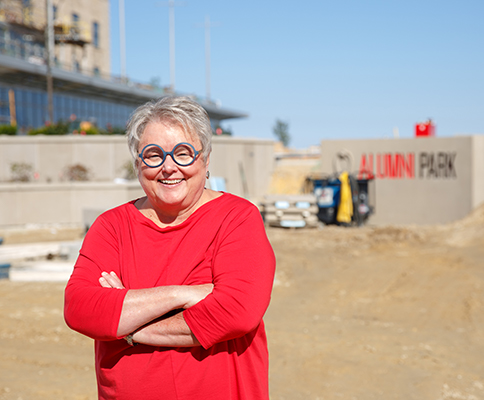

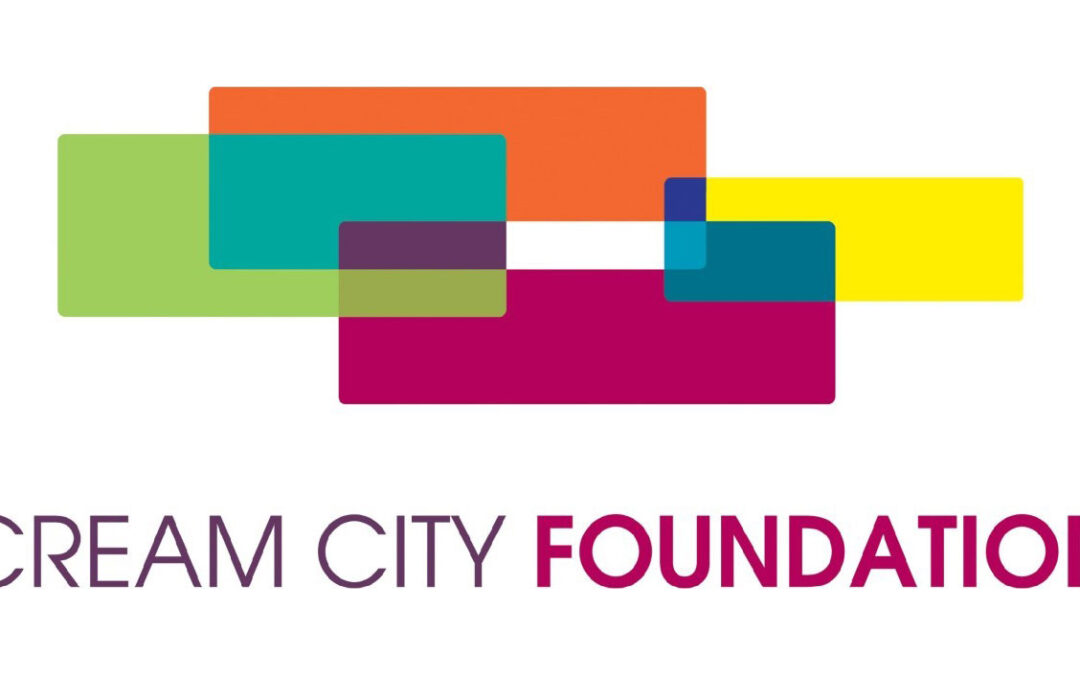
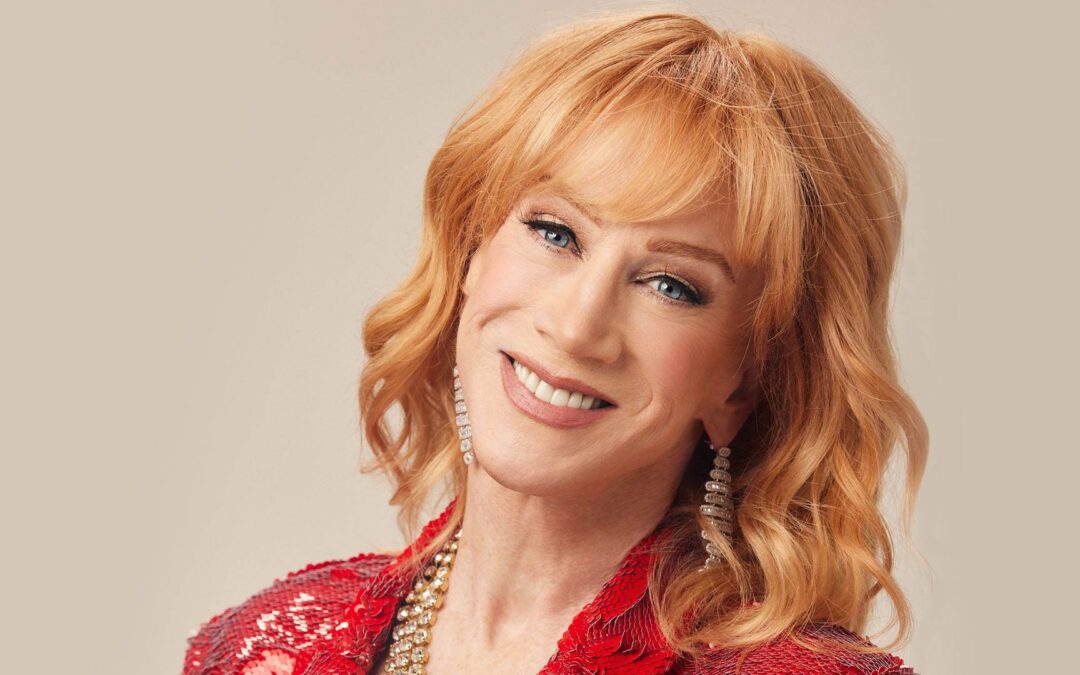
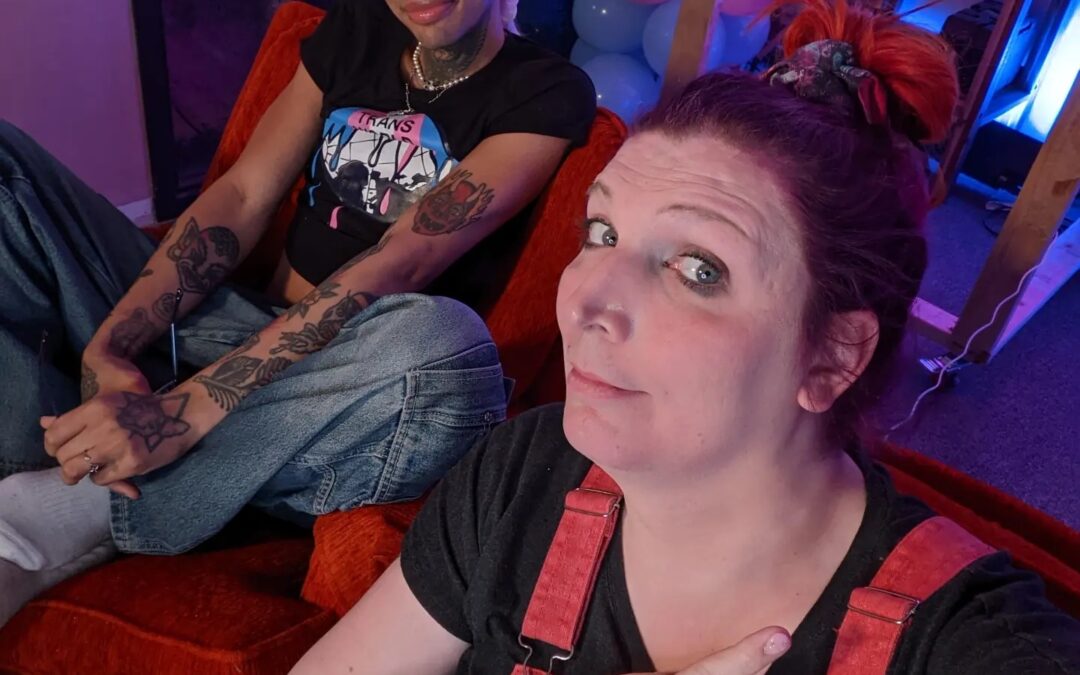
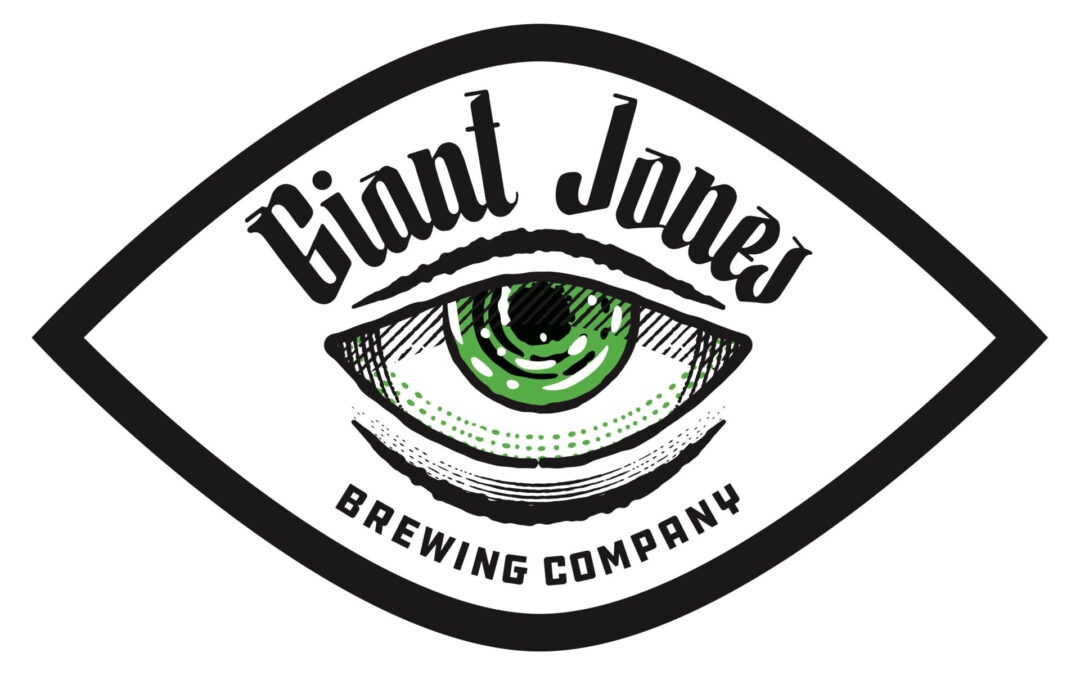
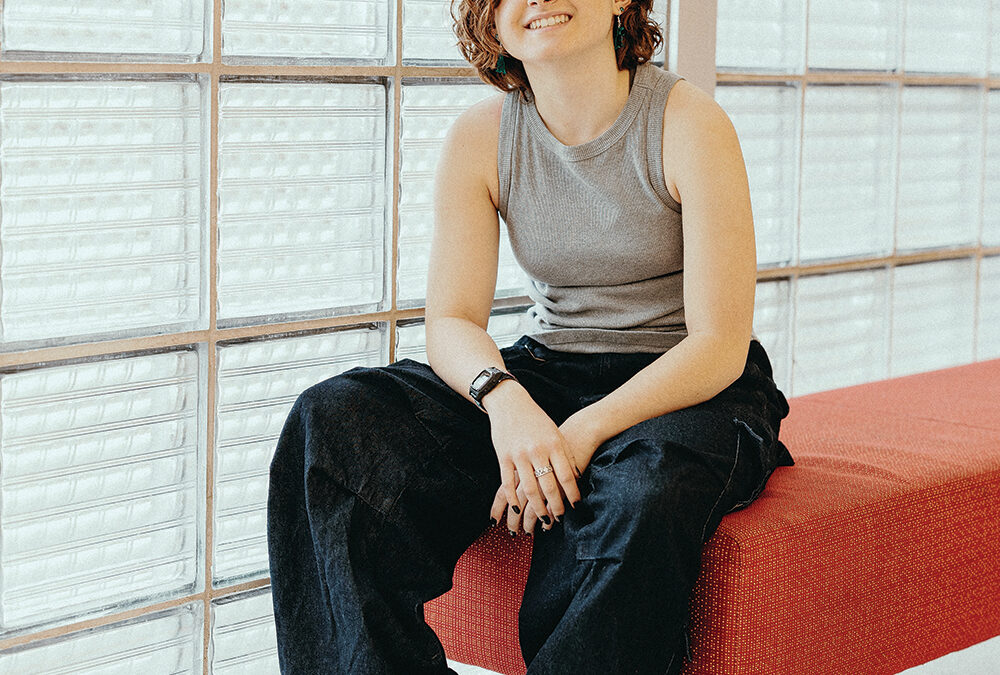
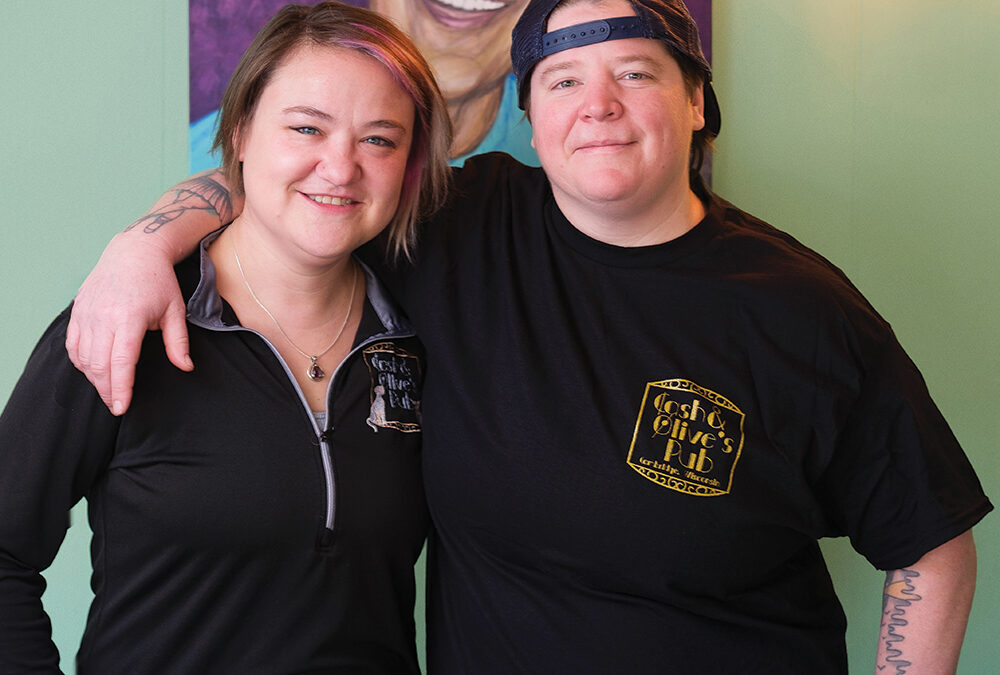
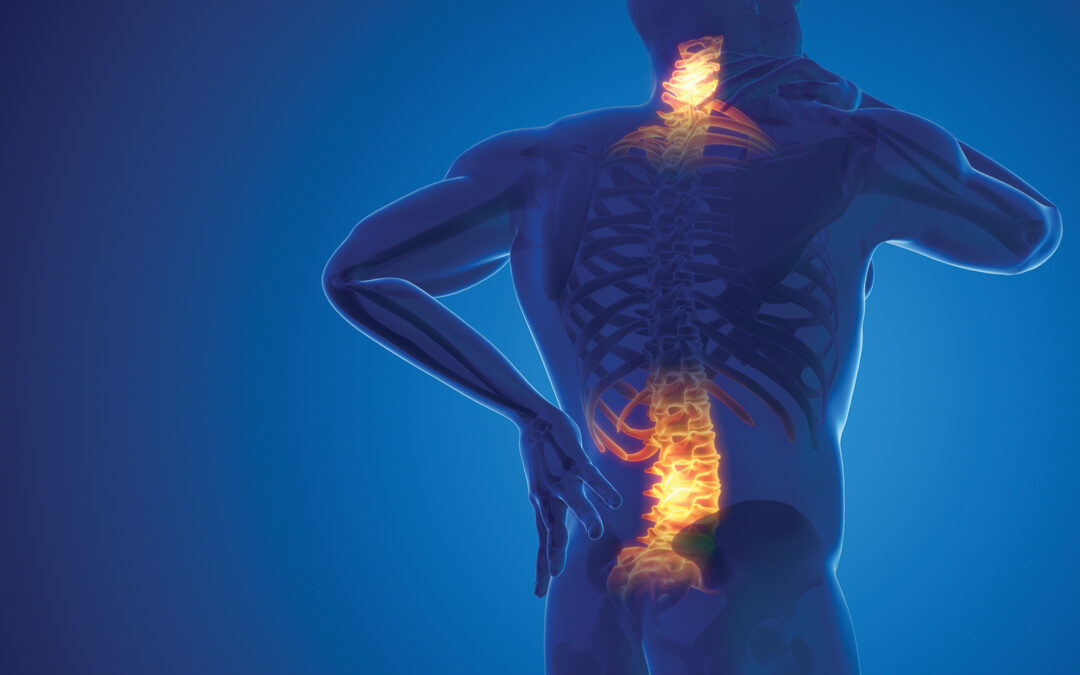
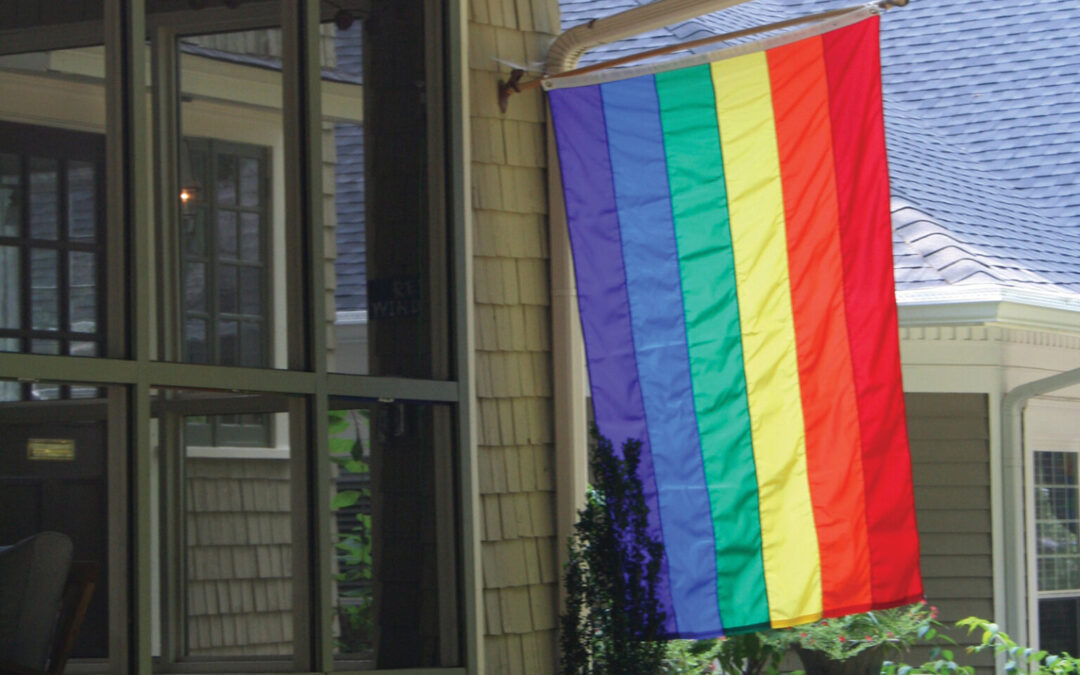
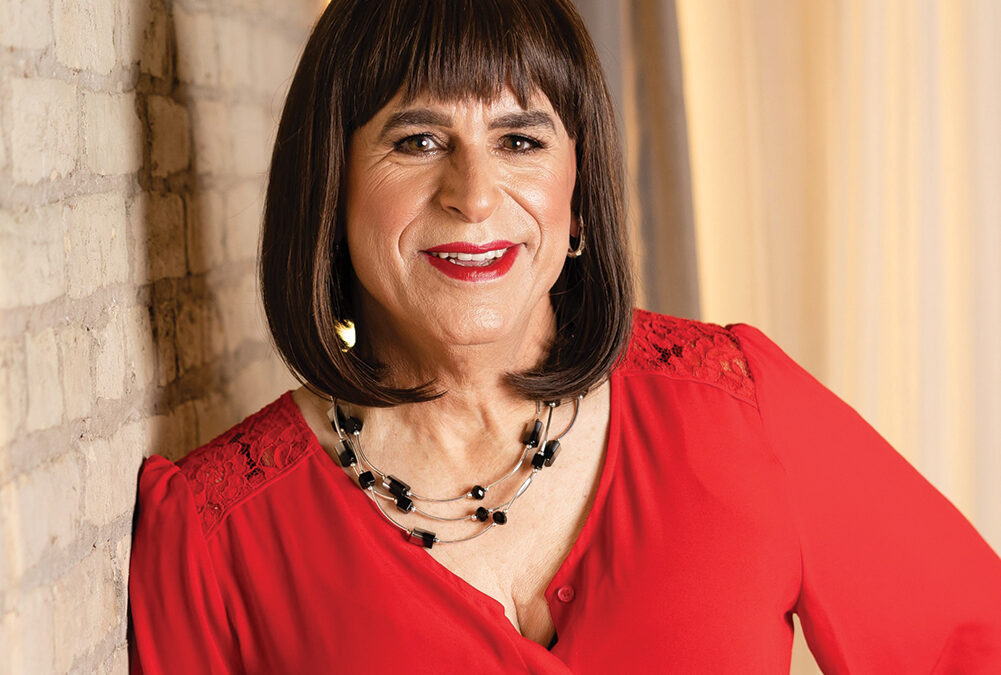
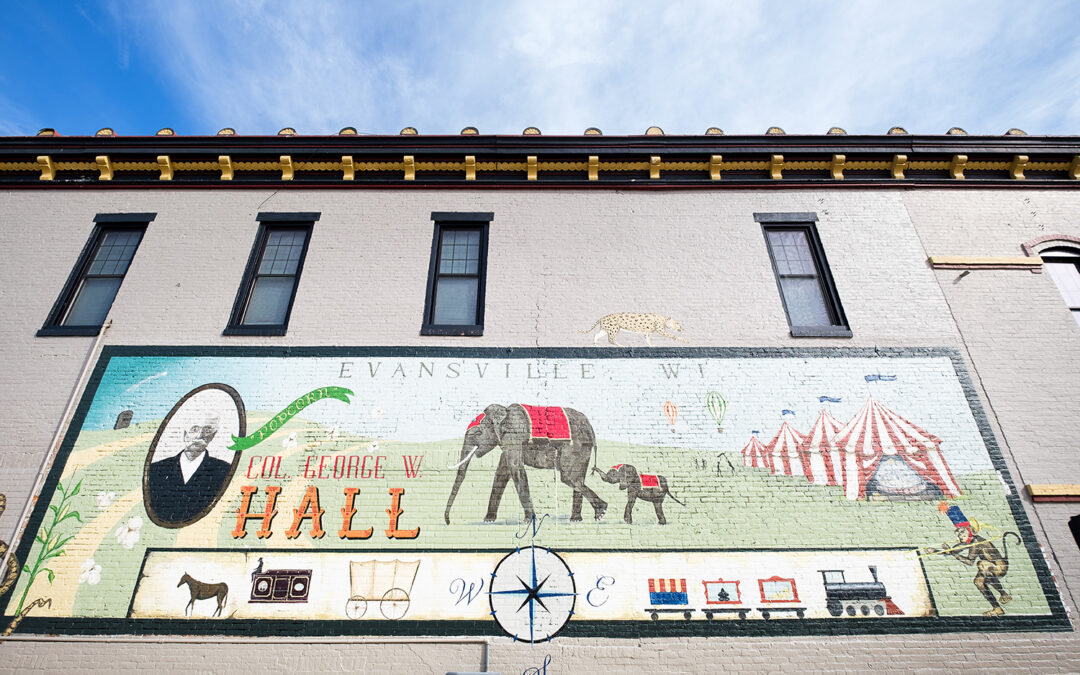
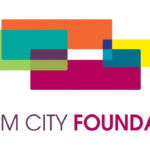
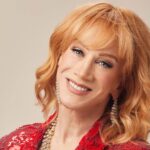
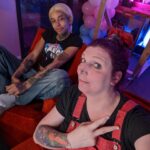
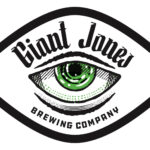
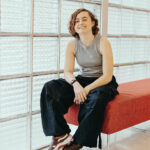
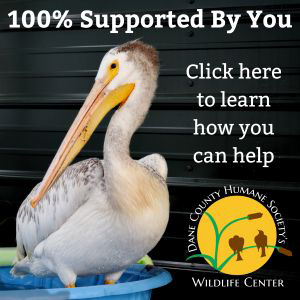
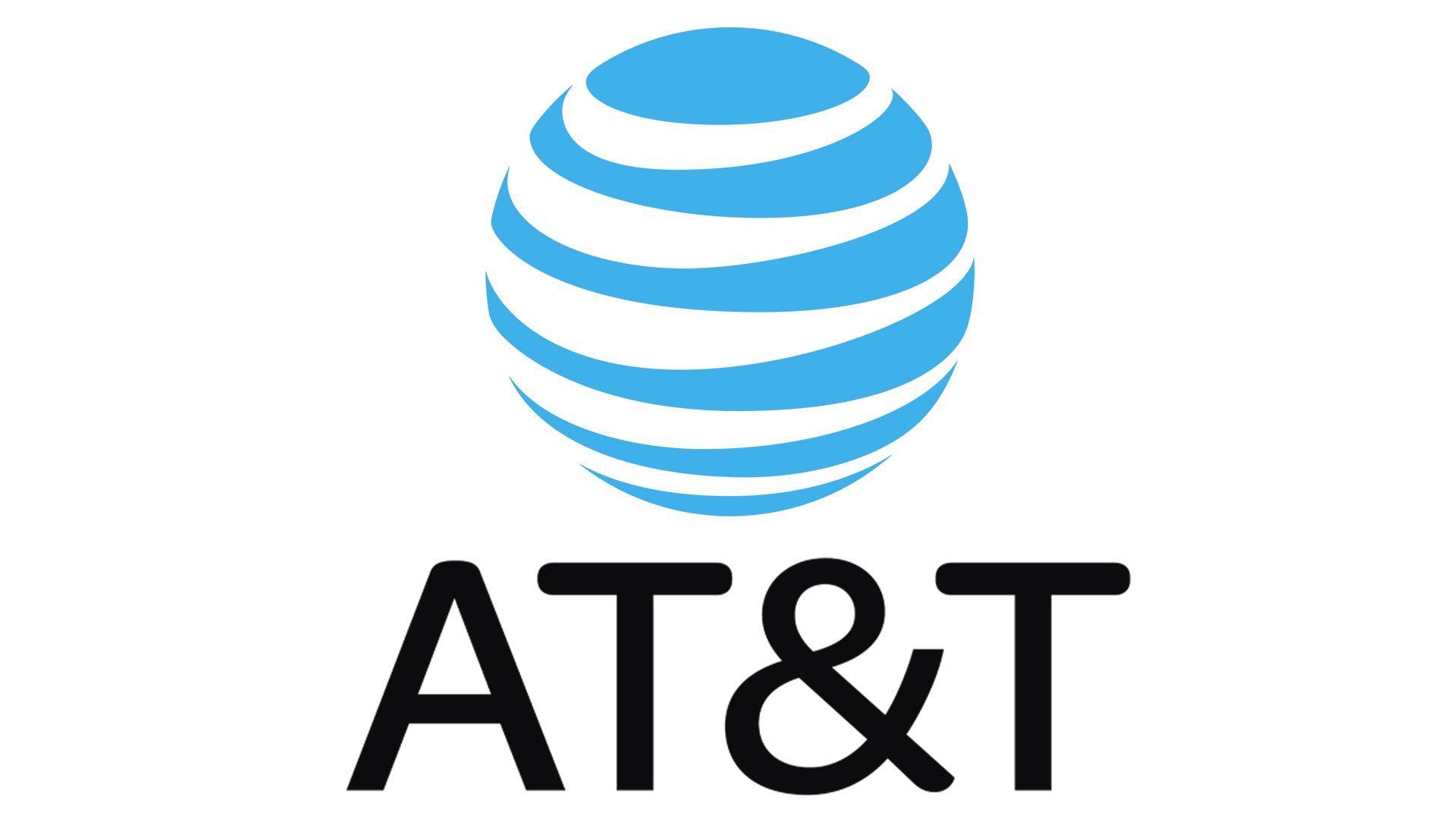
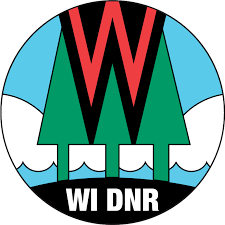
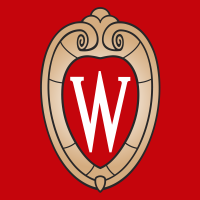

0 Comments